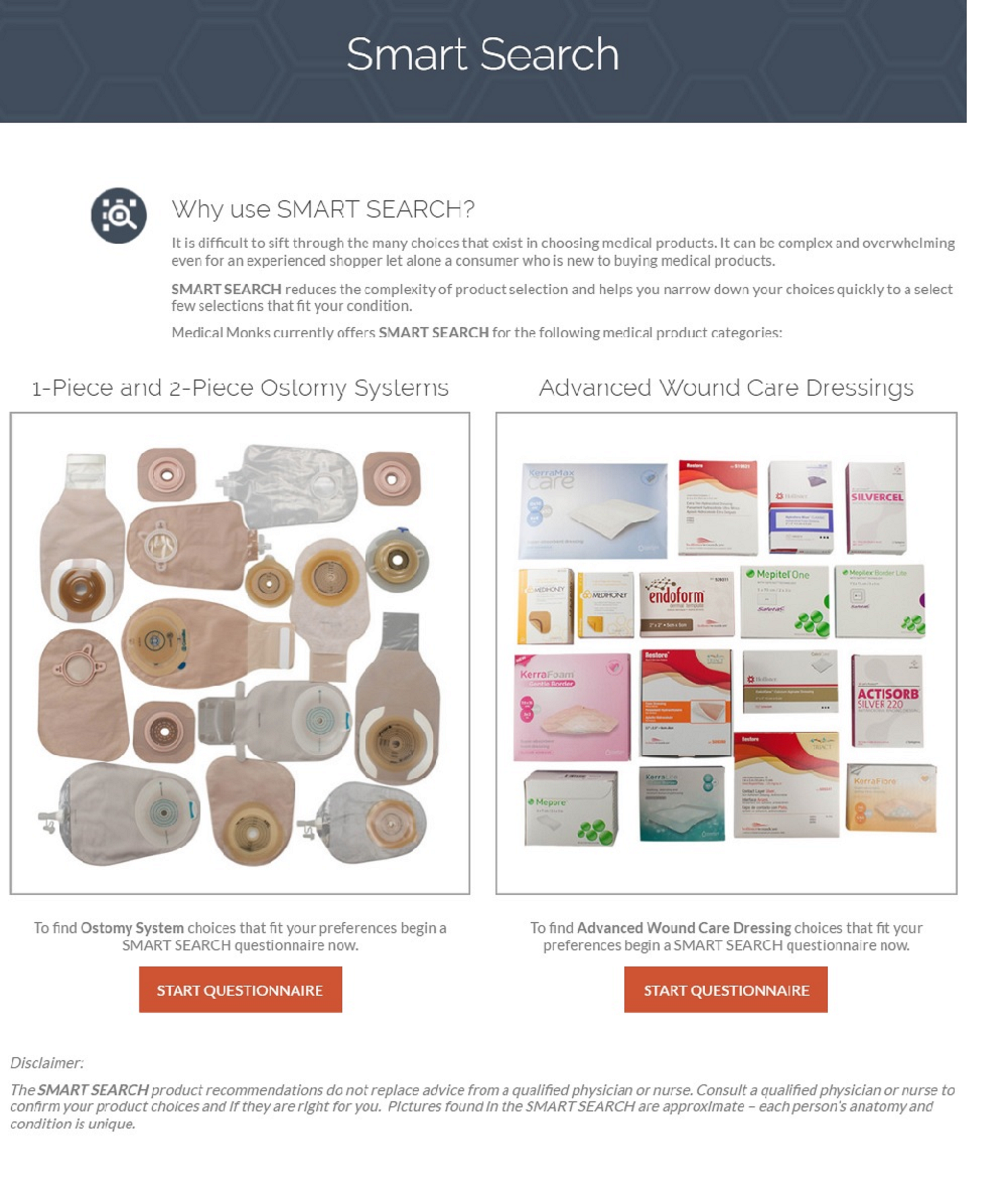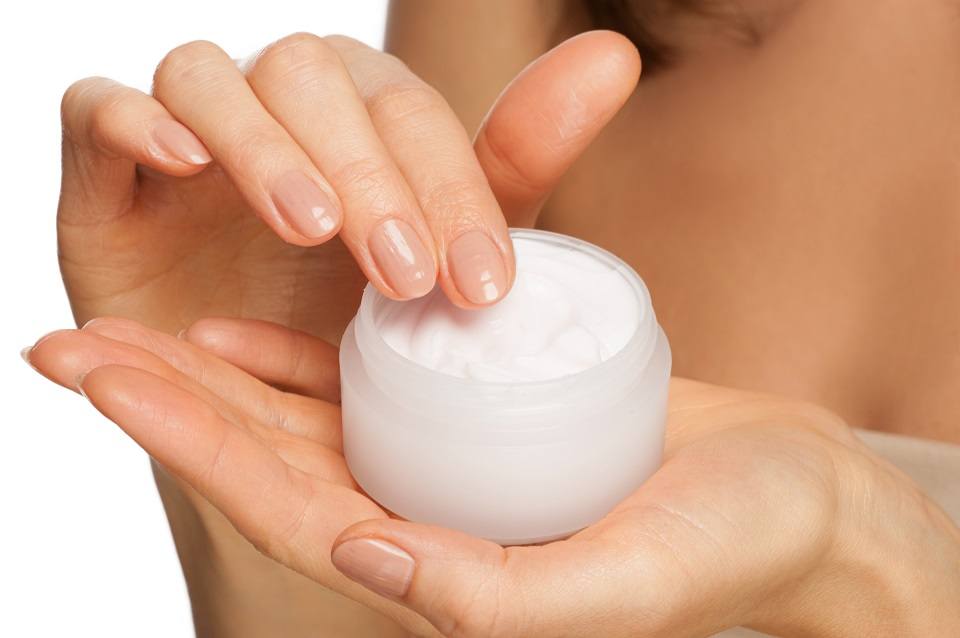
SMART SEARCH – Advanced Wound Care Dressings
Have you felt challenged to quickly find the right Wound Care Dressing for your needs? If so, MEDICAL MONKS introduces a new way to make this process fast and easy!
It can be difficult and time-consuming to sift through the many choices you have in wound care dressings. The complexity is overwhelming, even for the well-educated consumer let alone someone new to buying wound care dressings. There are many manufacturers who produce wound care dressings each producing many families of products. Each family has a variety of features that are continually being refined and improved resulting in even more buying options for the consumer.
To help address this complexity and confusion, the Wound Care Product Specialists at MEDICAL MONKS developed an innovative solution to this problem. The solution is called “SMART SEARCH”. It is a selection tool that eliminates the complexity of product selection by helping you narrow down your choices quickly through a series of easy to answer questions. The result is a recommendation of wound care dressings that closely fits your personal answers.
The MEDICAL MONKS team is extremely excited to launch “SMART SEARCH”. We want to share the details on how it works and can help you.
Where can I get access to “SMART SEARCH”?
It is located on the MEDICAL MONKS website at the following link:
https://orders.mercyscb.com/smart-search/
After clicking on the link you are directed to the landing page that looks like this:
Simply click the “Start Questionnaire” in the Advanced Wound Care Dressings tile to begin!
Who built the Tool – Can I trust it?
“SMART SEARCH” was built using the knowledge and experience of the MEDICAL MONKS Advanced Wound Care product specialist team who have a combined wound care experience of more than 80 years! The specialists talk to dozens of customer daily answering product questions – they have answered virtually every question about wound care products and how to use them.
Also, our team meets with manufacturer representatives and Wound Ostomy Continence Nurses (WOCN’s) on a regular basis to stay informed about the latest product enhancements and technologies.
How does it Work?
You will be asked a series of up to 5 multiple choice questions about your specific situation. It takes on average of less than one minute to answer the questions.
The questions are:
- What is your wound type?
- What is your wound condition / appearance?
- What is your wound depth?
- What is your wound exudate level?
- Are there signs of infection?
What answers do I get?
Based on your answers to the questions above, we determine (in real time) what advanced wound dressings fit your needs. We focus on “Best Value” answers. Our Best Value is a combination of PRICE and OUTCOMES. Some systems are better than others in terms of PRICE and OUTCOMES.
OUTCOMES are typically better for recently released products because they contain the latest features and technology users have come to expect. Some manufacturers are more advanced and have higher quality.
After we display the best value answers, you can choose the advanced wound care dressing product and put it in your shopping cart for purchase!
We ask you to provide your email so that we can send you your answers for future reference however it is not mandatory for you to provide your email.
If you have any questions at any point in the process you can call and talk to one of our MEDICAL MONKS wound care product specialists at 844-859-9400.
When do I use the tool?
“SMART SEARCH – Advanced Wound Care Dressings” is great if you are new to buying wound care products or would like to make a possible change to the wound care products you are using or just looking for alternatives. If you are happy with your current wound care dressings, it can be used as confirmation you are using the right dressings.
Changes to the wound site will happen over the course of time. In addition, your body changes over time along with your activity level. It is because of these two reasons we encourage you to come back and use the tool on a regular basis as these changes happen. Also, we continually make updates as new products are introduced which can be as frequently as several times per year.
For more information about MEDICAL MONKS and advice on advanced wound care products please visit our website at https://www.medicalmonks.com or call us at 844-859-9400.
About the Author
Scott Hetland is President of Medical Monks, Inc.. Medical Monks is medical supply retailer serving consumers and businesses across the United States. Reach Scott at scott.hetland@medicalmonks.com.








